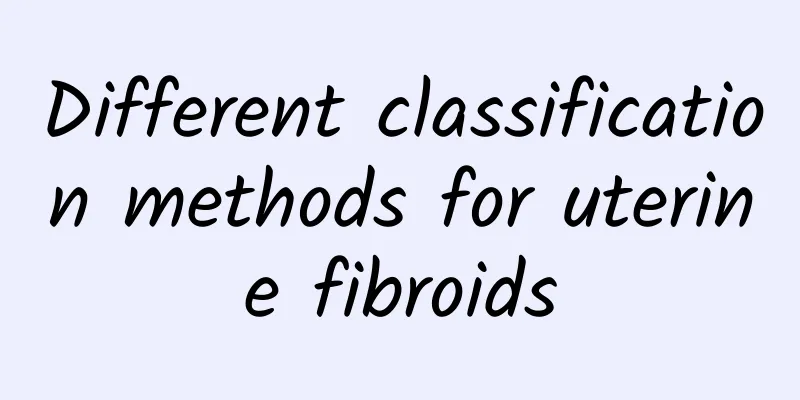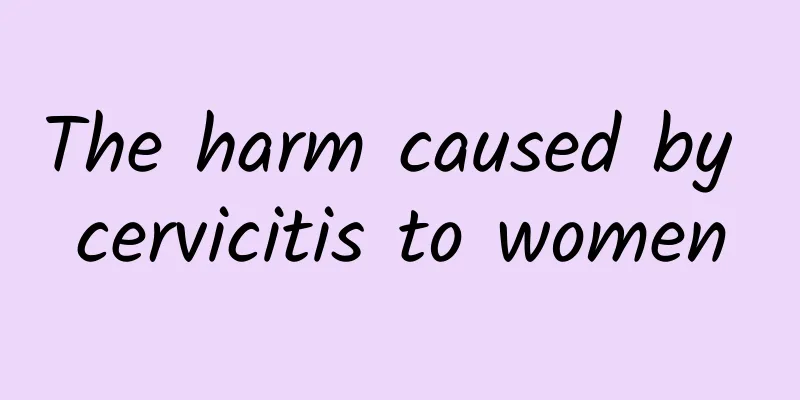Different classification methods for uterine fibroids

|
Uterine fibroids are the most common benign tumors of the female genitalia. They are composed of smooth muscle and connective tissue. They are common in women aged 30 to 50, and are rare in women under 20 years old. According to different evaluation criteria, uterine fibroids can be divided into the following types: 1. According to the location of tumor growth, it can be divided into two types: uterine body myoma and cervical myoma. Uterine body fibroids are common, accounting for about 90% of the incidence of uterine fibroids. Cervical fibroids are a special type of uterine fibroids, with an incidence rate of about 10%. They grow in a low position, or grow into the subperitoneum and broad ligament, close to the surrounding blood vessels and other pelvic organs, disrupting normal anatomy, increasing the difficulty of surgery and the incidence of complications. According to their growth site, they can be divided into anterior wall, posterior wall, lateral wall and hanging types. 2. Classification based on the relationship between fibroids and uterine muscle wall Intramural fibroids: Fibroids are located within the uterine muscle wall and are surrounded by myometrium, accounting for about 60% to 70%. Subserosal fibroids: The fibroids grow toward the uterine serosa and protrude from the surface of the uterus. The surface of the fibroids is only covered by the uterine serosa, accounting for about 20%. Submucosal fibroids: fibroids grow toward the uterine cavity, protrude from the uterine cavity, and are covered only by the mucosa, accounting for about 10% to 15%. Submucosal fibroids are prone to form pedicles, often causing uterine contractions and being squeezed out of the uterine cavity and protruding into the vagina. It should be noted that various types of fibroids can coexist in the same uterus, which is called multiple uterine fibroids. |
<<: Precautions before using Lipu Knife to treat cervical erosion
>>: Infertility after one year of marriage was caused by ovarian cysts
Recommend
Taking sugar-removing drugs to lower blood sugar, fasting to lose weight and a big belly, actually led to ketoacidosis!
In recent years, the number of people taking suga...
Treat the symptoms of vulvar leukoplakia with caution
Itching, pain, erosion, etc. are typical symptoms...
Effective preventive measures for vulvar leukoplakia
The cause of vulvar leukoplakia is very complex, ...
What are the dangers of dysmenorrhea
Dysmenorrhea has caused great distress to many fe...
Does endocrine disorder cause obesity? Press 5 acupoints to find the solution
Don’t let stress disrupt your endocrine system an...
Experts analyze the common causes of ectopic pregnancy
The cause of ectopic pregnancy is a question that...
How to care for vulvar itching
Vulvar itching is a problem that troubles many wo...
What are the symptoms of uterine fibroids? Can uterine fibroids induce cervical cancer?
Uterine fibroids bring great pain to patients, an...
How to relieve premature ovarian failure
The ovaries are important reproductive organs for...
What fruit is good to eat after painless abortion? What is the best thing to eat on the first day of painless abortion?
Painless abortion is a common gynecological surge...
Eat out to lose weight and eat light hot pot for dinner
Of the three meals a day, dinner is the one that ...
Interpretation of the prevention methods of chronic cervicitis
Chronic cervicitis is a common disease among wome...
How to Detect Endometriosis
Endometriosis can be diagnosed through clinical s...
What to do if a 33-year-old woman has premature ovarian failure
What should a 33-year-old woman do if she has pre...
What are the complications of ovarian cysts?
Ovarian cysts are more common in life. The cause ...









